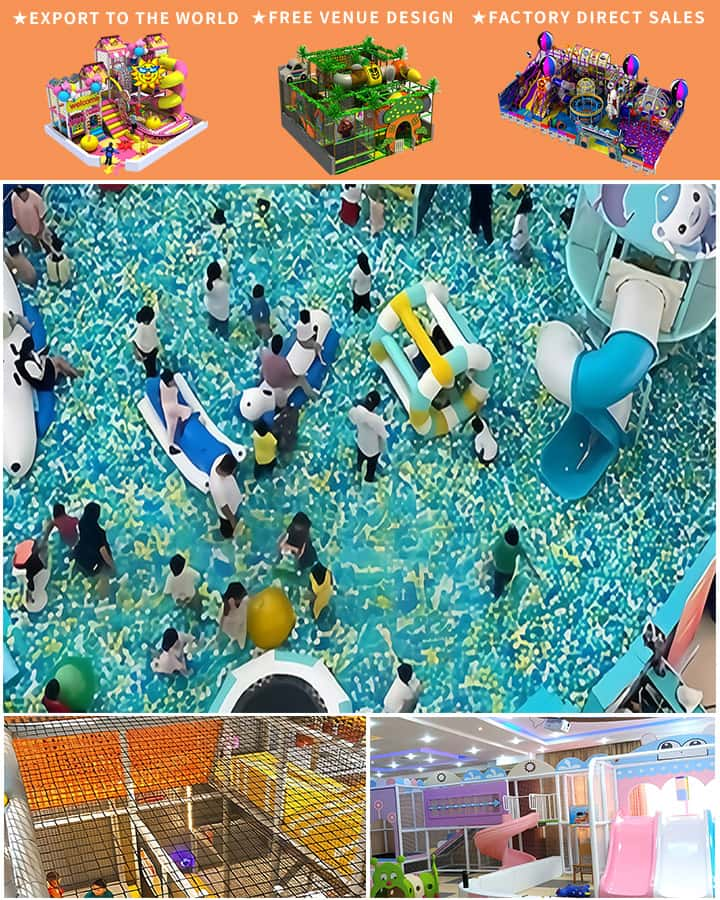Indoor playgrounds have become increasingly popular over the years as a go-to destination for parents looking to provide their children with a fun, safe, and stimulating environment. These facilities offer an array of activities that encourage physical activity, creativity, and social interaction, making them a valuable resource for families. However, one key factor that often influences decisions about visiting or even starting an indoor playground is its cost. In this guide, we will delve into the average cost of indoor playgrounds, examining factors that affect pricing and what you can generally expect to pay for a day of fun.
Understanding the Factors that Affect the Cost
The cost of indoor playgrounds varies based on several factors, including location, size, amenities offered, and the target audience. Let’s break down these elements to get a clearer picture:
Location: The geographic location of an indoor playground is perhaps the most significant determinant of its cost. Urban centers or affluent suburban areas typically command higher prices due to increased operational expenses, such as rent and utilities. On the other hand, facilities in more rural or less economically developed areas might be more affordable.
Size and Facilities: Larger indoor playgrounds that span multiple floors or sections often come with a higher price tag. These larger spaces may offer various attractions like climbing walls, ball pits, trampolines, and more specialized zones (like toddler areas or educational play zones), which require substantial investment and maintenance.
Amenities Offered: The range of amenities provided also plays a crucial role in cost determination. Indoor playgrounds that offer additional services like party hosting, educational workshops, or exclusive play equipment might charge more compared to those offering only basic play areas.
Target Audience: Some indoor playgrounds cater specifically to certain age groups, such as toddlers or older children. Those focusing on younger kids might have enhanced safety measures and smaller equipment, which could affect the overall cost structure.

Average Cost Breakdown
While it’s challenging to pinpoint an exact average cost since prices can vary widely, a general ballpark figure can provide some guidance. As of recent surveys and data compilations:
Entry Fee Per Child: On average, the cost per child per visit can range from \(8 to \)15. This fee usually grants access to all play areas within the facility for a specific time period, often ranging from a few hours to a full day.
Family or Sibling Discounts: Many indoor playgrounds offer family packages or sibling discounts, which can help lower the overall cost when visiting with multiple children. For instance, a family package might cost between \(20 to \)30, covering up to four members.
Membership Plans: Some facilities provide membership options that allow unlimited access for a monthly or yearly fee. Monthly memberships can range from \(30 to \)60, while yearly memberships might be available for \(200 to \)500, depending on the center and its offerings.
Additional Costs to Consider
Beyond the entry fee, there are other potential costs to account for:
Souvenirs and Extras: Purchasing snacks, drinks, or souvenir items from the facility can add to your total expenses.
Party Packages: If you’re planning a birthday party or special event at the indoor playground, there will likely be additional fees for booking a private area and any associated party services.
Conclusion
The average cost of indoor playgrounds provides a useful benchmark for budget-conscious families looking to maximize their entertainment value. By understanding the various factors that influence pricing, parents can make informed choices and potentially take advantage of discounts or membership plans to enjoy these engaging environments without breaking the bank. Whether you’re planning a spontaneous outing or considering a membership for regular visits, knowing the cost dynamics can ensure a delightful and economical experience for everyone involved.




